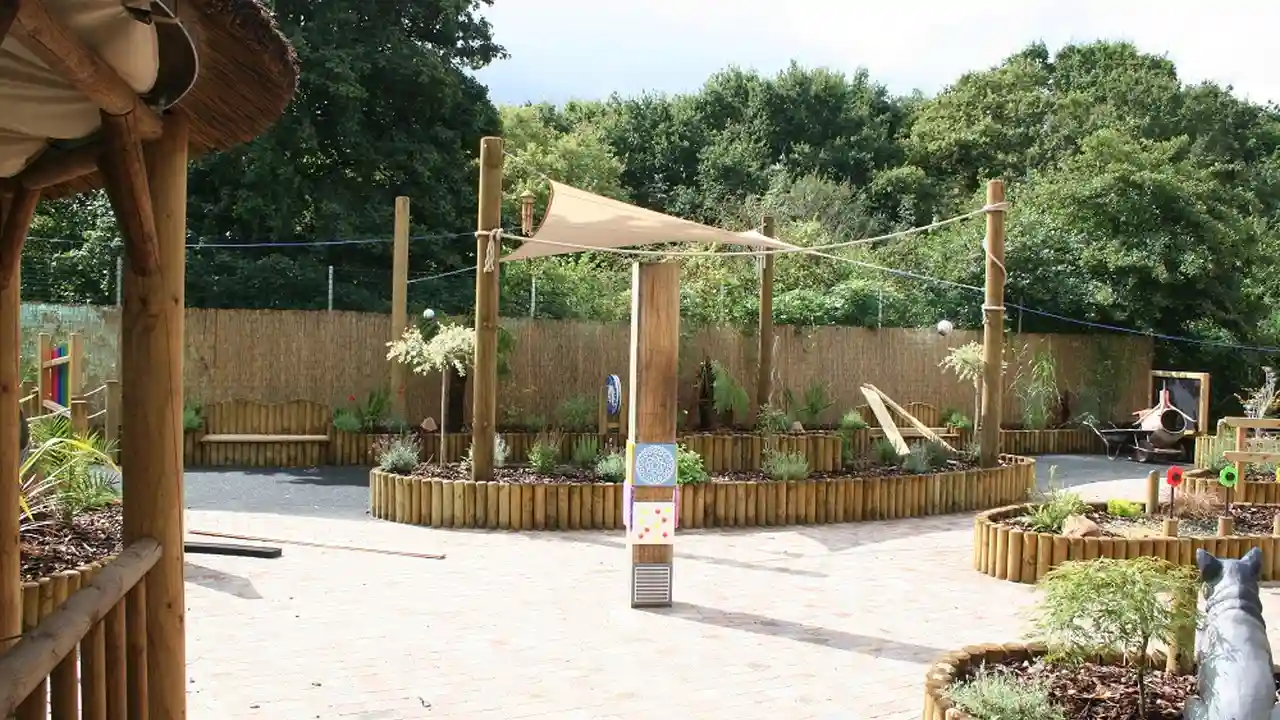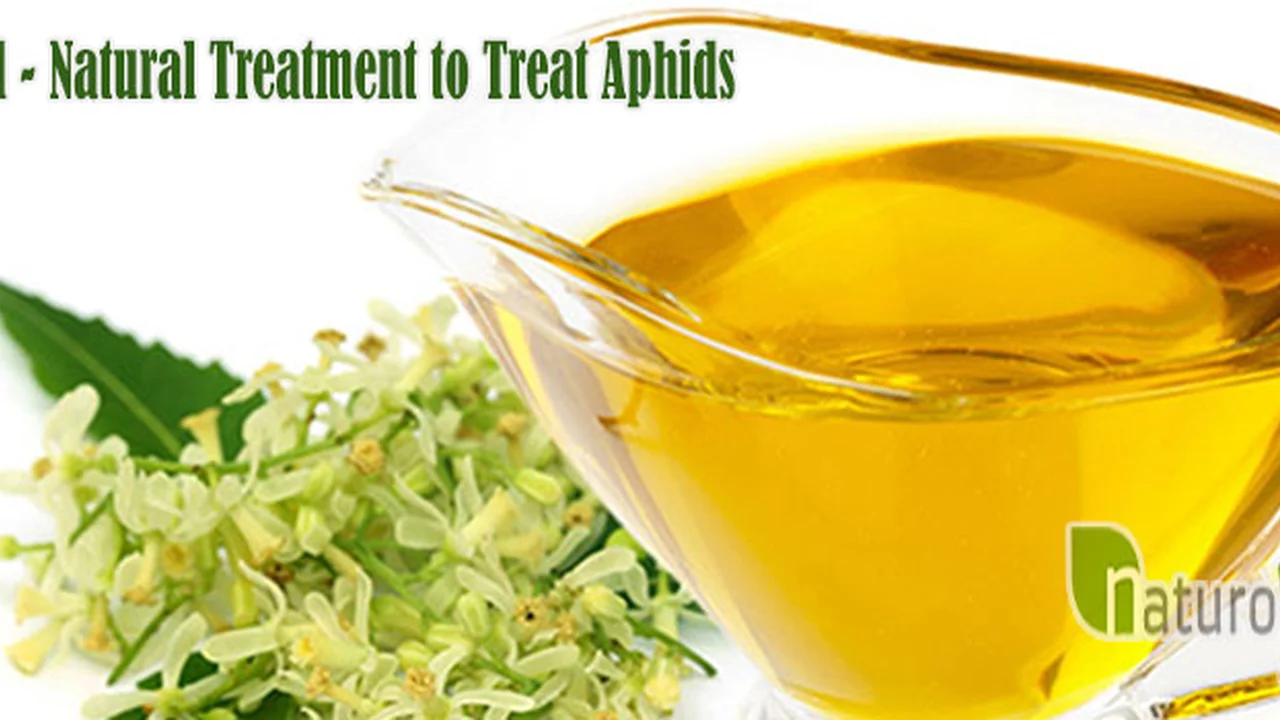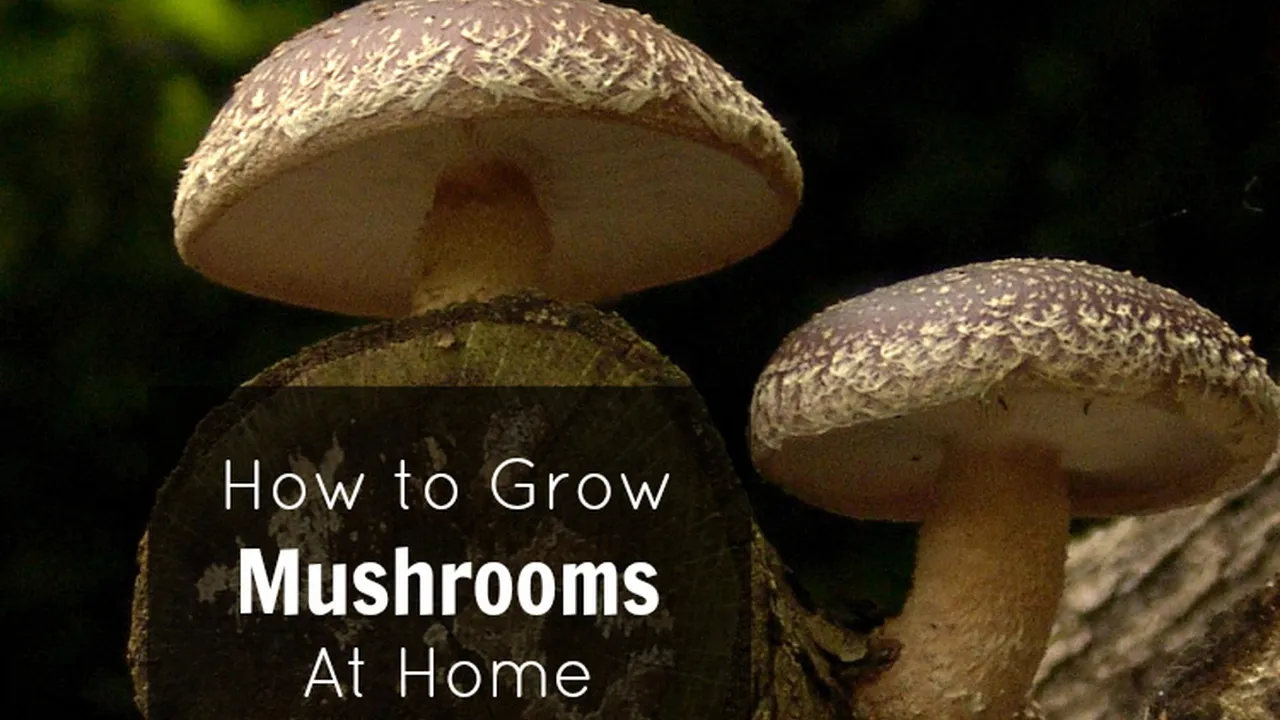Designing a Sensory Garden 7 Key Elements
Create a sensory garden that engages all five senses. Explore 7 key elements for a truly immersive experience.

Designing a Sensory Garden 7 Key Elements
Gardening is often seen as a visual pursuit, a feast for the eyes with vibrant colors and lush greenery. But what if your garden could offer so much more? A sensory garden is a special place designed to engage all five senses – sight, sound, smell, touch, and even taste. It’s a truly immersive experience, a haven where you can relax, rejuvenate, and connect with nature on a deeper level. Whether you have a large backyard or a small balcony, you can create a sensory garden that provides a rich tapestry of experiences. Let's dive into the seven key elements that will help you design your own multi-sensory oasis.
Sight Engaging Visual Elements in Your Sensory Garden
Visual appeal is often the first thing we consider in a garden, and in a sensory garden, it’s about more than just pretty flowers. Think about a diverse palette of colors, textures, and forms. Consider plants with varying heights and shapes to create visual interest and depth. For instance, the bold, architectural leaves of Hostas can contrast beautifully with the delicate, feathery foliage of ferns. Incorporate plants that offer seasonal changes, like deciduous trees with brilliant fall foliage or evergreens that provide structure and color year-round. Don't forget about hardscaping elements – pathways, benches, and decorative objects can add visual anchors and define different areas within your sensory garden. Consider reflective surfaces like a small pond or a gazing ball to add sparkle and movement. Lighting, both natural and artificial, plays a crucial role. Sunlight dappling through leaves creates dynamic patterns, while strategically placed garden lights can highlight features and extend the garden's enjoyment into the evening.
Product Recommendations for Visual Appeal:
- Colorful Annuals & Perennials: For continuous bloom and vibrant hues, consider a mix of annuals like Petunias, Marigolds, and Zinnias, alongside perennials such as Coneflowers (Echinacea), Daylilies (Hemerocallis), and Lavender. These offer a wide range of colors and textures.
- Decorative Garden Ornaments: A well-placed garden statue, a colorful ceramic pot, or a unique bird bath can draw the eye. For example, the Sunnydaze Decor Outdoor Garden Gnome Statue (around $40) adds a whimsical touch, while a set of Glazed Ceramic Planters (starting from $30 for a set) can introduce pops of color and texture.
- Outdoor Lighting: Solar-powered pathway lights or string lights can create a magical ambiance. The Brightech Ambience Pro Solar Powered Outdoor String Lights (around $50) offer a warm glow and are easy to install. For accent lighting, consider small spotlights like the LEPOWER LED Landscape Spotlights (around $35 for 2-pack) to highlight specific plants or features.
Sound Creating Auditory Experiences in Your Garden
The sounds of nature can be incredibly calming and contribute significantly to a sensory garden. Think beyond just birdsong. Consider plants that rustle in the breeze, like ornamental grasses (e.g., Karl Foerster Feather Reed Grass) or bamboo (choose clumping varieties to prevent invasiveness). Water features are excellent for creating soothing sounds – a gentle trickle from a small fountain, the splash of a waterfall, or the gurgle of a stream. Wind chimes, carefully chosen for their tone and resonance, can add a melodic element. Attracting wildlife, such as birds and beneficial insects, will also bring natural sounds to your garden. Plant berry-producing shrubs or nectar-rich flowers to encourage their visits. Even the crunch of gravel underfoot on a pathway can be a satisfying auditory experience.
Product Recommendations for Auditory Elements:
- Water Features: A small, self-contained fountain can provide a constant, soothing sound. The Alpine Corporation Tiered Rock Fountain (around $150-$250 depending on size) is a popular choice for its natural look and gentle water flow. For a more minimalist approach, a simple bamboo water spout like the Bamboo Accents Water Fountain Kit (around $60) can be very effective.
- Wind Chimes: Choose wind chimes made from different materials for varied sounds. Metal chimes offer clear, ringing tones, while bamboo chimes produce a softer, more percussive sound. The Woodstock Chimes of Polaris (around $70) are known for their beautiful, resonant tones. For a more rustic feel, the Nantucket Wind Chime by Corinthian Bells (around $50) offers a deeper, more mellow sound.
- Plants for Sound: Ornamental grasses like Miscanthus sinensis 'Morning Light' or Pennisetum alopecuroides 'Hameln' create a soft rustling sound in the breeze. Bamboo varieties like Fargesia rufa (clumping bamboo) also offer a distinct rustle.
Smell Aromatic Plants for an Enchanting Garden
Scent is one of the most powerful senses, capable of evoking memories and emotions. A sensory garden should be filled with a variety of fragrant plants. Think about different types of scents: sweet, spicy, earthy, citrusy. Place highly fragrant plants near seating areas or pathways where their aroma can be easily enjoyed. Consider plants like roses, lavender, jasmine, honeysuckle, and various herbs such as mint, rosemary, and thyme. Even the scent of damp earth after a rain shower or the fresh smell of pine needles can contribute to the olfactory experience. Group plants with complementary scents to create interesting combinations, or use plants with strong individual fragrances as focal points.
Product Recommendations for Aromatic Plants:
- Fragrant Flowers: Lavender 'Munstead' (known for its strong, calming scent), Jasmine 'Confederate' (sweet, intoxicating fragrance), and various types of Roses (e.g., David Austin varieties like 'Gertrude Jekyll' for classic rose scent) are excellent choices.
- Aromatic Herbs: Plant a variety of herbs like Rosemary, Mint (peppermint, spearmint), Thyme, and Lemon Balm. These not only smell wonderful but can also be used in cooking. You can buy these as small plants from local nurseries or online.
- Scented Geraniums: These offer a wide range of unique scents, from rose and lemon to chocolate and apple. Varieties like Pelargonium 'Attar of Roses' or 'Lemon Fizz' are readily available.
Touch Textural Diversity for Tactile Exploration
The sense of touch adds another layer of engagement to your garden. Include plants with a variety of textures – soft and fuzzy, smooth and cool, rough and prickly. Think about the velvety leaves of Lamb's Ear (Stachys byzantina), the smooth bark of a Japanese Maple, the spiky needles of a conifer, or the delicate fronds of a fern. Pathways made of different materials like smooth river stones, rough gravel, or soft wood chips can also provide varied tactile sensations underfoot. Consider incorporating elements like smooth polished stones, rough wooden benches, or even a patch of soft moss. Encourage interaction by placing these tactile plants and objects within easy reach.
Product Recommendations for Tactile Elements:
- Textural Plants: Lamb's Ear (Stachys byzantina) for its soft, fuzzy leaves; Sedum 'Autumn Joy' for its succulent, smooth leaves and sturdy stems; Blue Fescue (Festuca glauca) for its fine, spiky texture; and various types of Ferns for their delicate, feathery fronds.
- Tactile Hardscaping Materials: Consider using smooth river rocks for a dry creek bed or as accents. Polished River Rocks (available in bags from garden centers, around $20-$40 for a 20lb bag) can be used for pathways or decorative elements. For seating, a natural wood bench like the Outsunny Wooden Garden Bench (around $100-$150) offers a warm, natural feel.
Taste Edible Delights in Your Sensory Garden
While not every plant in your sensory garden needs to be edible, incorporating a few taste-safe options can be a delightful addition. This is especially true for a garden designed for children or for those who enjoy culinary herbs and fresh produce. Think about berry bushes like blueberries or raspberries, cherry tomatoes, edible flowers like nasturtiums or pansies, and a variety of herbs. Ensure that any plant you include for taste is clearly identified and safe for consumption. Always double-check before consuming any plant from your garden if you are unsure of its edibility.
Product Recommendations for Edible Plants:
- Berry Bushes: Blueberry bushes (e.g., 'Bluecrop' or 'Chandler') and Raspberry canes (e.g., 'Heritage' or 'Caroline') are relatively easy to grow and provide delicious fruit.
- Cherry Tomatoes: Varieties like 'Sungold' or 'Sweet Million' are prolific and sweet, perfect for snacking directly from the vine.
- Edible Flowers: Nasturtiums (peppery taste, vibrant colors) and Pansies (mild, slightly sweet flavor) can add beauty and flavor to salads.
- Culinary Herbs: Beyond the aromatic herbs mentioned earlier, consider Basil, Parsley, and Cilantro for fresh culinary use.
Movement Dynamic Elements and Flow in Your Garden
Movement adds a dynamic quality to a sensory garden, engaging your sense of sight and sometimes sound. This can be literal movement, like the swaying of tall grasses in the wind, the fluttering of butterfly wings, or the darting of hummingbirds. It can also be implied movement, such as a winding pathway that encourages exploration, or a series of plants that lead the eye from one area to another. Consider plants that attract pollinators, as their activity brings life and movement. A gentle slope or a series of steps can also create a sense of journey and flow within the garden. The play of light and shadow throughout the day also creates a sense of movement and change.
Product Recommendations for Movement:
- Plants that Sway: Tall ornamental grasses like Maiden Grass (Miscanthus sinensis) or Switchgrass (Panicum virgatum) create graceful movement in the breeze.
- Plants that Attract Pollinators: Include plants rich in nectar and pollen to attract bees, butterflies, and hummingbirds. Examples include Butterfly Bush (Buddleja davidii), Bee Balm (Monarda), and Columbine (Aquilegia).
- Pathways: Design winding pathways using materials like gravel (e.g., Pea Gravel, around $50-$80 per ton) or stepping stones (e.g., Natural Stone Stepping Stones, around $5-$15 per stone) to encourage exploration and create a sense of journey.
Temperature & Air Flow Considering the Microclimates
While not a traditional 'sense' in the same way as sight or smell, the feeling of temperature and air movement can significantly impact your experience in a garden. A sensory garden can incorporate elements that create different microclimates. Think about shaded areas for coolness on a hot day, perhaps under a leafy tree or a pergola covered with vines. Sunny spots for warmth and sunbathing. Consider how air flows through your garden – open areas for a refreshing breeze, or sheltered nooks that feel cozy and protected. The presence of water features can also cool the air. Different plant choices can also influence temperature; dense foliage can create shade, while open, airy plants allow more air circulation. The feeling of a cool mist from a sprinkler on a hot day, or the warmth of sun-baked stones, all contribute to the overall sensory experience.
Product Recommendations for Temperature & Air Flow:
- Shade Structures: A pergola (e.g., Pergola Kit by Backyard Discovery, around $500-$1500) or a large garden umbrella (e.g., Patio Umbrella with Cantilever, around $100-$300) can create cool, shaded retreats.
- Misting Systems: For hot climates, a simple outdoor misting system can provide a refreshing cool down. The Orbit Misting System (around $30-$50) is an affordable and easy-to-install option.
- Strategic Planting: Plant deciduous trees like Maple (Acer) or Oak (Quercus) for summer shade and winter sun. Use dense shrubs like Boxwood (Buxus) to create sheltered, wind-protected areas.
By thoughtfully incorporating these seven key elements, you can transform any outdoor space into a rich, engaging sensory garden. It’s a place where you can truly unwind, connect with nature, and experience the world through all your senses. Start small, experiment with different plants and features, and most importantly, enjoy the journey of creating your own unique sensory oasis.
:max_bytes(150000):strip_icc()/277019-baked-pork-chops-with-cream-of-mushroom-soup-DDMFS-beauty-4x3-BG-7505-5762b731cf30447d9cbbbbbf387beafa.jpg)





